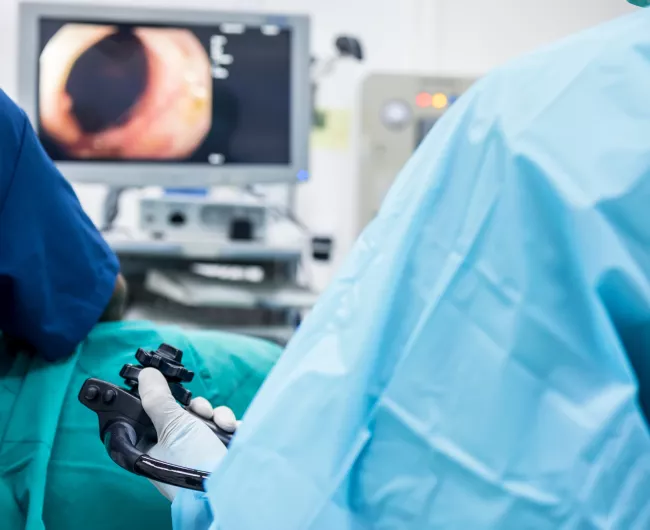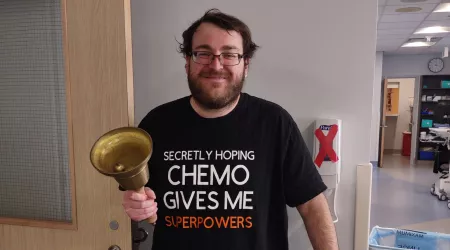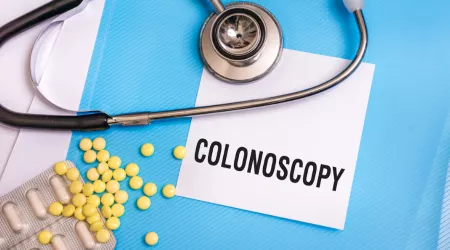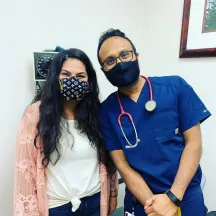
Screening Methods
There are many options for screening. Screening tests can find polyps or cancer before you even have symptoms. Early detection may prevent polyps from becoming cancer and could jumpstart treatment earlier, when it is most effective.


When to begin screening?
The American Cancer Society recently recommended that adults at average risk should begin colorectal cancer screening at age 45.

What does average risk mean?
People at average risk have:
- No symptoms
- No family history of colorectal cancer
- No personal history of cancer
- No genetic links to Lynch syndrome, FAP, or other genetic syndromes.
- No personal history of ulcerative colitis, inflammatory bowel disease, or Crohn’s disease

What does higher risk mean?
People who are at higher risk may need to begin screening before age 45 because they:
- Are having symptoms
- Have a family history of colorectal cancer or polyps
- Have genetic links to Lynch syndrome, FAP, or other genetic syndromes
- Have had cancer in the past
- Have ulcerative colitis, inflammatory bowel disease or Crohn’s disease
There are many choices for early detection
In addition to colonoscopy, there other methods for screening for colorectal cancer. You and your doctor can decide which one is best for you.
Colonoscopy
A simple and safe procedure in which your doctor uses a long tube with a light and camera to view the entire colon.
Stool DNA
At-home kit that tests for abnormal DNA and blood in stool. Collect stool and send to lab for analysis.
Fecal immunochemical test (FIT)
At-home screening that tests for blood in the stool. Collect stool and send to lab for analysis.
Guaiac fecal occult blood test (FOBT)
This test can detect small amounts of blood in stool. A FOBT is more specific to finding blood from further up the digestive tract, such as the stomach.
Flexible sigmoidoscopy
A simple procedure in which your doctor uses a long tube with a light and camera to view part of the colon.
Double contrast barium enema
Air and barium solution are pumped into your rectum. X-rays are then used to look for polyps or other abnormalities.
Virtual colonoscopy
Similar to standard colonoscopy but uses x-rays and computers to take 2- or 3-D images of your colon and rectum.
More reasons for early screening
Young-onset colorectal cancerTop resources

Gabriel Leblanc: How the Alliance changed my life
It’s scary to hear the “c” word, especially when you’re only 36. A million questions ran through Gabriel Leblanc’s mind, but only one seemed to matter. “How was I going to get through this?” Gabriel said.

What are the best types of colonoscopy prep?
Several different types of colonoscopy prep regimens are available today, including prescription and over-the-counter options. While it is important to consult your healthcare provider for guidance, it can be helpful to conduct some of your own research.

Marijuana and colorectal cancer: Does weed help?
Up to 40% of cancer patients report marijuana usage to relieve or improve their symptoms. But what does the research say about weed and cancer?





